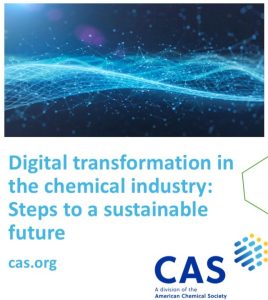Researchers have developed nano-solid acids that can convert CO2 to fuel(dimethyl ether) and plastic to chemicals(hydrocarbons). Their research has been published in Nature Communications. Solid acids are heterogeneous catalysts, which have the potential to replace environmentally harmful liquid acids in some of the most important processes, such as hydrocarbon cracking, alkylation, as well as plastic waste degradation and carbon dioxide to fuel conversion. Crystalline zeolites and amorphous aluminosilicates are among the best two solid acids. Zeolites are strongly acidic, however, they are limited by their inherent microporosity, causing extreme diffusion limitation; and although aluminosilicates are mesoporous, they suffer from low acidity and moderate stability. The researchers, therefore, faced a challenge to design and synthesize solid acids that have properties of both zeolites and aluminosilicates.
By using the techniques of bicontinuous microemulsion droplets as a soft template, Prof. Vivek Polshettiwar’s group at Tata Institute of Fundamental Research (TIFR), Mumbai, synthesized amorphous zeolites with a nano-sponge morphology, exhibiting both zeolitic (strong acidity) and amorphous aluminosilicate (mesoporous high surface area) properties. The presence of zeolite-like bridging silanol in AAS was proved by various catalytic reactions (styrene oxide ring-opening, vesidryl synthesis, Friedel-Crafts alkylation, jasminaldehyde synthesis, m-xylene isomerization, and cumene cracking), which requires strong acidic sites and larger pore sizes. The synergy between strong acidity and accessibility was reflected in the fact that AAS showed better performance than state-of-the-art zeolites and amorphous aluminosilicates. This was also confirmed by detailed solid-state NMR studies. Thus, it was clear that the material possesses strongly acidic zeolite-like bridging silanol sites, even though materials are not crystalline but amorphous. Therefore, they fall into a new class of materials at the interface between crystalline zeolite and amorphous aluminosilicate
Thus, the approach has the potential to allow the development of solid acid catalysis for plastic degradation as well as carbon dioxide to fuel at the significant rates, scales, and stabilities required making the process economically competitive. The protocol has scientific and technological advantages, owing to its superior activity and stability.
Researchers Develop Nano-Sponges of Solid Acids to Transform Carbon Dioxide to Fuel and Plastic Waste to Chemicals
Advertisement
































